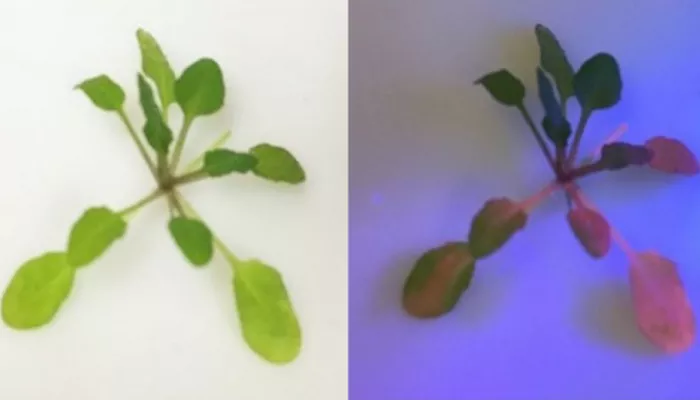An international research team led by Osaka Metropolitan University has discovered new insights into how plants survive in colder regions. The study focuses on the ability of plants to repair damage caused by excessive light, a process known as photoinhibition.
Plants rely on light for growth, but too much light can damage their photosynthetic machinery, particularly photosystem II. While plants adapted to full sunlight can repair this damage more effectively, the process slows down in colder temperatures.
Professor Riichi Oguchi and his team from Japan, Australia, and Austria conducted experiments on *Arabidopsis thaliana* (thale cress), using ecotypes from various regions around the world. The plants were initially grown at 22°C before being exposed to two different conditions. Some plants remained at the same temperature, while others were exposed to a colder 12°C for three days before being subjected to 5°C conditions.
The study found that while the repair rate of photoinhibition at 5°C was the same across ecotypes in the control group (which had not been exposed to cold), plants that had acclimated to the cold showed a significantly higher repair rate. Notably, ecotypes from colder regions exhibited the greatest increase in repair capacity.
Professor Oguchi explained, “Our research shows that plants exposed to cold temperatures increase their ability to repair light-induced damage. This acclimation process is more pronounced in ecotypes from colder climates. However, in warmer seasons, as seen in the control group, plants do not boost this repair rate due to the high cost of maintaining such a capacity.”
This study provides valuable insights into how plants adapt to extreme environmental conditions and may inform future research on improving plant resilience in the face of climate change.
Related topics:
- Give Your Plants a Cozy ‘Cup of Tea’ to Keep Them Safe This Winter!
- The Unique Scent of Christmas Trees: A Natural Defense Against Pests and Pathogens
- Revitalize Your Home with Plantagotchi: The Interactive Smart Planter That Breathes Life into Your Greenery


